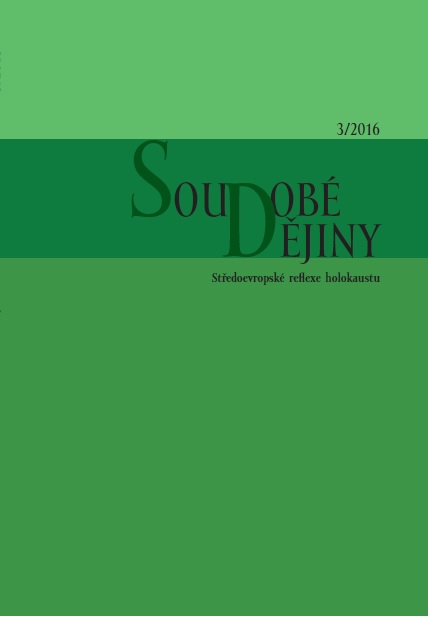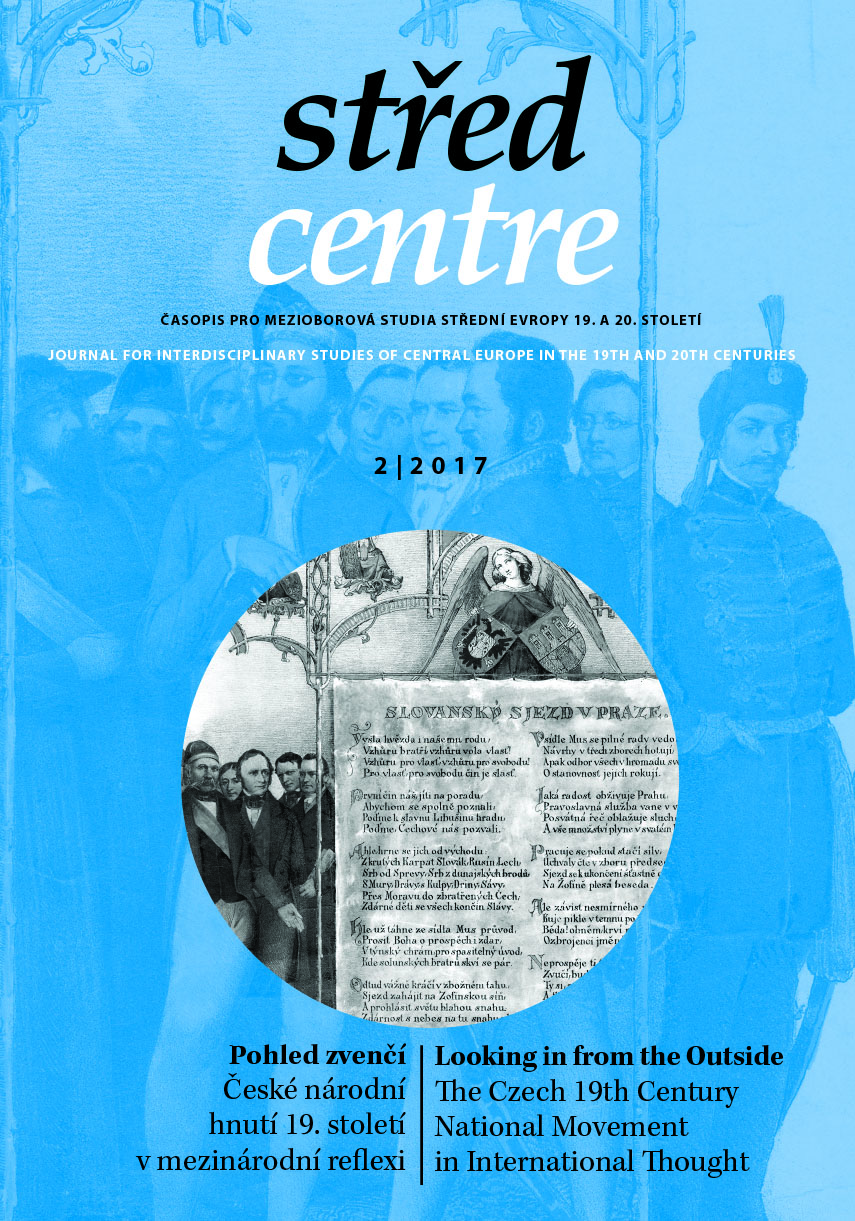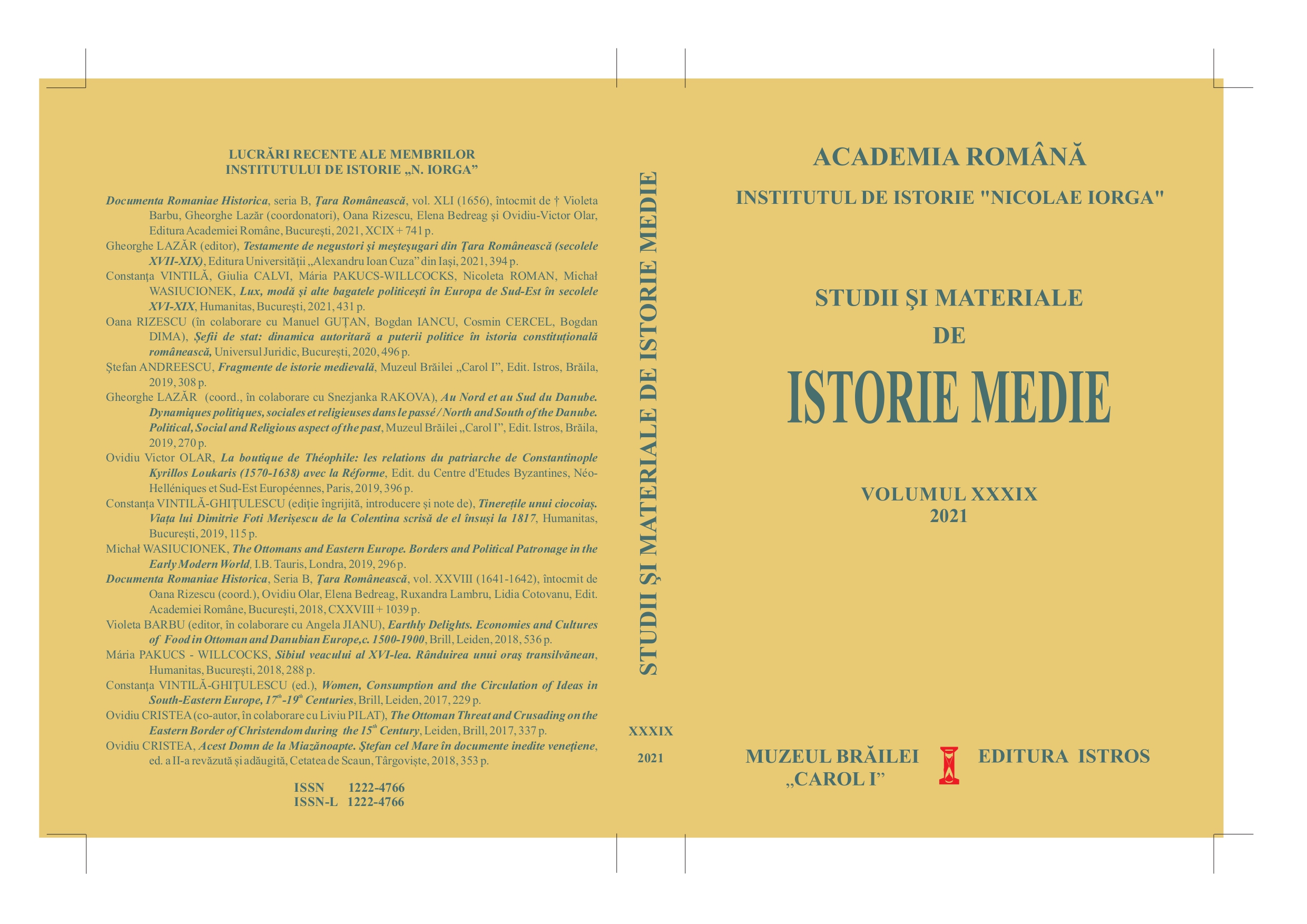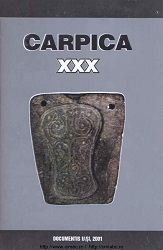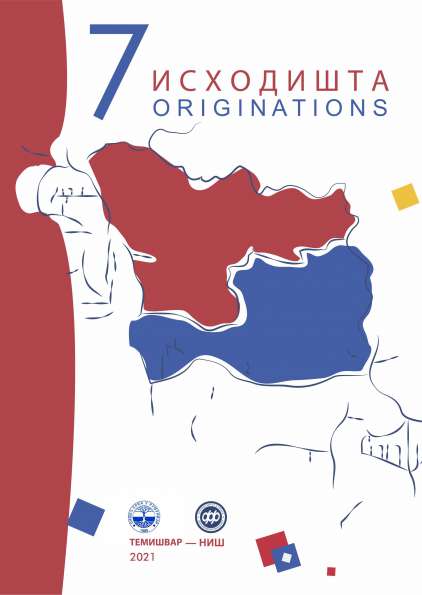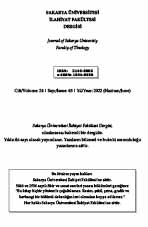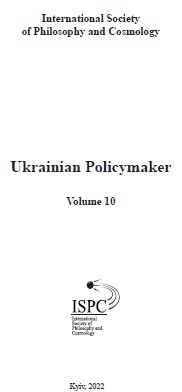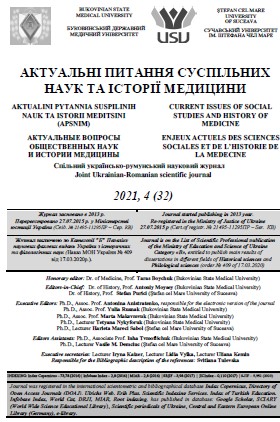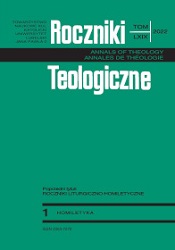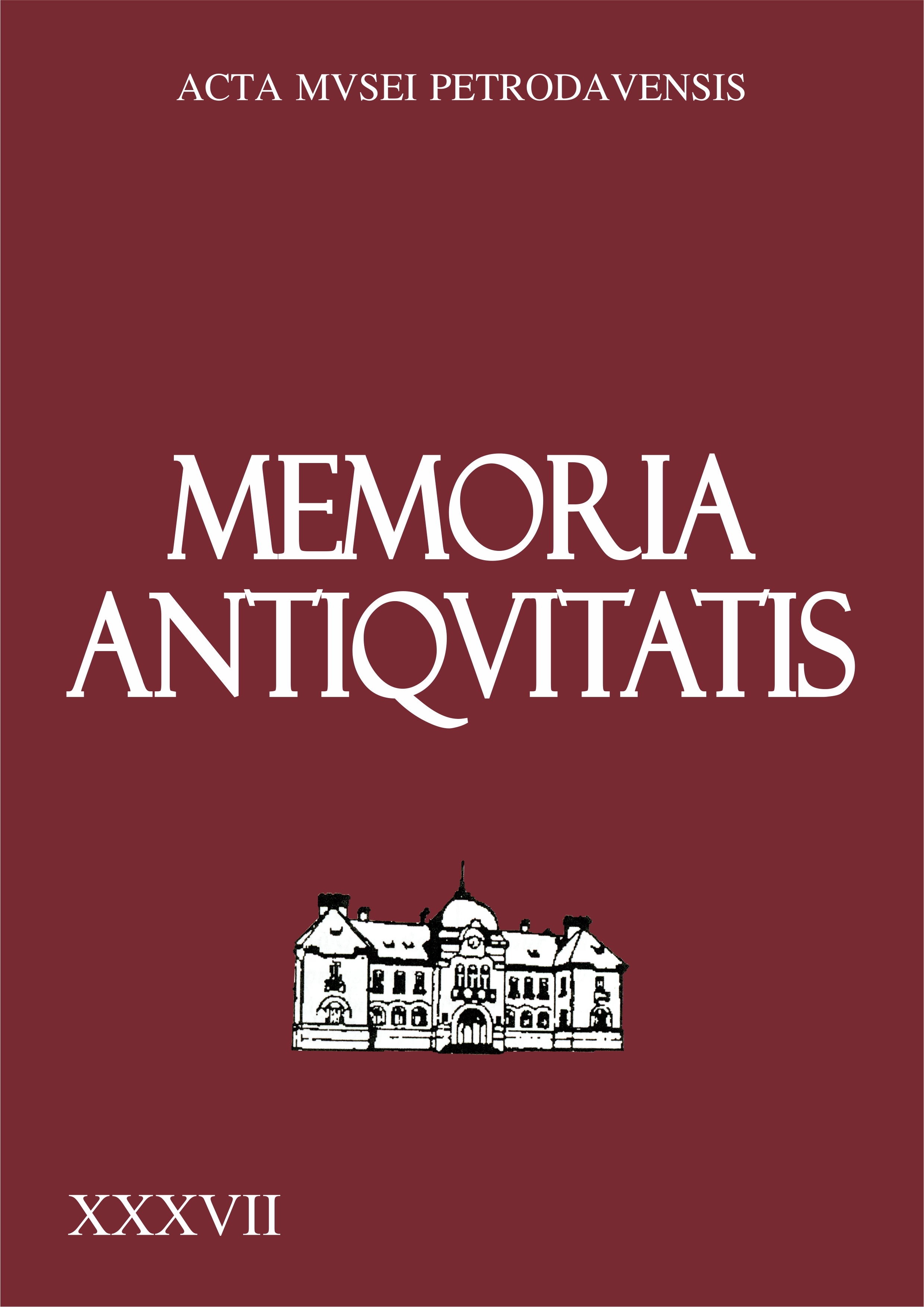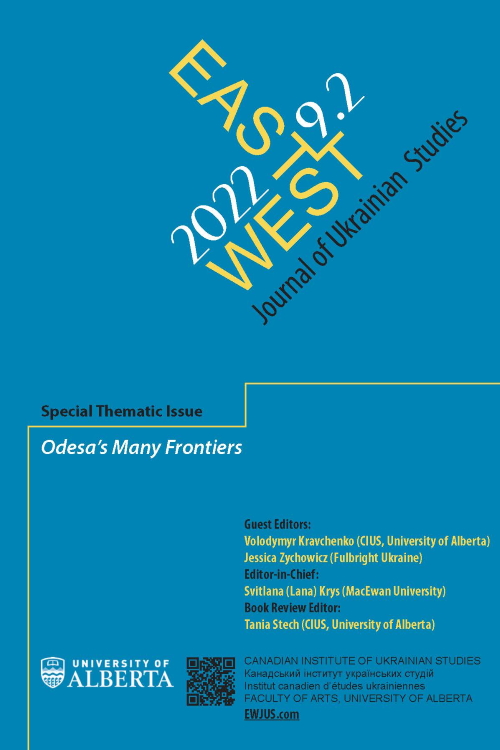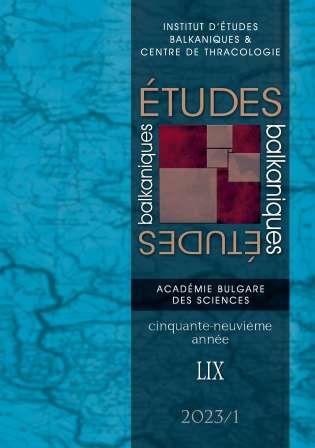Author(s): Nino Charekishvili / Language(s): Georgian
Issue: 4/2020
Hittites belief-conception, religion, mythology, rituals were affected by opinions of various folks (Hattian, Hurrian, Mesopotamian) and it's natural that we can find a lot of common between them. We can find parallels with Hittites belief-conceptions in ancient Georgian belief and conception too, which will be presented in the article. In the articles there are examined conceptions of Hittites on the World, Underworld, there are also examined functions of underworld gods. Attention is focused on symbolism of numbers and colors and on many other aspects, parallels of which, similar with Hittites, which can be also found in Mesopotamian and previous Georgian culture.According to the conception of Hittites, one time universe was forming integrity of sky and earth which was divided afterwards. As it seems from texts, after division sky and earth there were formed as separate universes, sometimes earth was used as meaning of underworld. In general Hattian used to divide the universe in three vertical parts: sky, underworld and space between them. Universe was imagined horizontally in form of disc, upper half was occupied by the sky, and lower half was occupied by the earth, and in between of them was the atmosphere. In horizontal space there existed “four angles of universe” (four sides of the universe). According to Mesopotamia conception there existed seven layers of sky, seven sky. In Georgian folklore we meet expression “ninth sky”, “he is on the ninth sky” what can indicate to nine layers of sky. By Hittites the sky does not seem so layered, it was single and solid, supposedly iron material. And the earth was divided into three layers: upper part of the earth “upper earth” which is home for plants, humans and animals; then “middle earth” for underground waters and deeper was “lower earth”, i.e. the underworld.In Georgian reality, by pre-Christian cosmogonic conceptions the universe was imagined geometrically in the form of sphere which was surrounded by sea or mountains, in the end of the world tree of life (pole, castle, horns, chain from the sky etc.) was standing which connected vertical and horizontal universes. Sphere consisted of three horizontal and two vertical layers, which were located in following way: center of universe was middle world (earth surface, the world of humans, animals, plants, associated with red color), above it was the upper earth (sky, world of gods and „children of gods“, expressed by white color) and below was a underworld (underneath, world of dead, chtonian world, of black color), in frontwas the front world (clear, wealthy world expressed by “here”) and behind was the last world (world of the past, dark, secret, full of unexpected things and dangers, expressed by “there” (from this standpoint there are interesting the ends of Georgian fairy teals: “Let’s the Plague was there, Fun behere, Bran there, Flour here”). That's why it is forbidden to look behind during realization of many rules and customs). Vertical worlds are separated from each other by air and earth and horizontally by seven (nine) mountains or sea. This system was surrounded by outerworld. On the basis of Georgian ethnographic and folkloric materials, as we have already noted, worlds were expressed by symbolic of concrete colors: white, black and red. Right with symbolic of analogous colors (black, red, white) all three worlds are also expressed in Mesopotamia. We don’t see by Hittites such symbolic expression of worlds colors, although we can say that they also expressed the lower world by black color (black/dark earth = underworld). Symbolic expression of unification of sky and earth were stairs, tree, pols and similar. By Hittites cosmic connector of earth and sky should have been stairs. In Mesopotamian mythology we meet the term “Durank”-cosmic center where “big axis” (world axis) of universe is passing through. In Akkadian we can see the plant connecting earth and sky. And in Georgian mythology we meet “Shibi”, this is golden chain connecting the sky and earth (sky and world). It is also interesting that like with Babylon mythology, in Hatti we also meet with the tree of life in roots of which is imitation of underworld, and leaves are imitation of sky. Analogous is also in Georgian conceptions, there existed saint trew, life tree (for example an oak) roots of which expressed the underworld, stem -the middle world and the top meant upper world together with their habitants. In Georgian conception imitation of “saint tree”, “life tree” is “Middle column” (mother column) of Georgian hall which was placed in the center of houses and expressed cosmic connection.In the ancient East we often meet symbolic of numbers, of course Hittites world is not also exclusion and from this point of view Georgian belief-conceptions are also interesting. From the ancient times in belief-conception of various people numbers had magical meaning, and some numbers were especially important and powered, for example, in numbers: 3, 4, 7, 9, 12, first of all, was put a code necessary for understanding and description of the universe and therefore they had sacral meaning. For example, by ancient Georgian conception, the sun was supreme god and nine is symbolic number of sun, as of constant circle, innovation, constanta, and symbol is an eye (all-seeing), hense is expression “nine-eyed sun”, i.e. all-seeing. Also, by conception of Hittites, unity of the world was expressed by sun, which reflects connection between sky and underworld, i.e. it is supreme ruler of all gods in the sky and in underworld.Georgian belief-conceptions were also like Hittites ones, movement between worlds was not a problem. Unlike Mesopotamian conceptions where underworld was strictly separated from the upper world of the earth.Each world presented by Hittites had its own gods who are in Hittite texts as “sky”, “earth” and “lower/ old” gods. As by Hittites, so by ancient Georgian belief-conceptions diseases were caused by evil spirits connected to underworld/earth, that’s why evil could penetrate the human, basically from the earth and sometimes from the water. Therefore, Hittiteshad cleaning rituals, and also according to the ancient Georgian conceptions, there were special prays and rituals against evil spirits. It is also notable that by Hittites, as well as in Mesopotamian conceptions we often meet in rituals of underground waters, underworld waters. There existed as nine seas, so nine rivers. Nine is difficultly overcoming barrier. Those who wish perfectness, shall overcome this barrier. As it seems, nine had certain magical meaning, in some cases even function of cleaner. It is interesting, that in Hittites mythology, as well as in Georgian, we see nine skies, nine mountains, nine seas. In general, water had cleaning function, according to the both, Hittites and ancient Georgian conceptions.
More...
